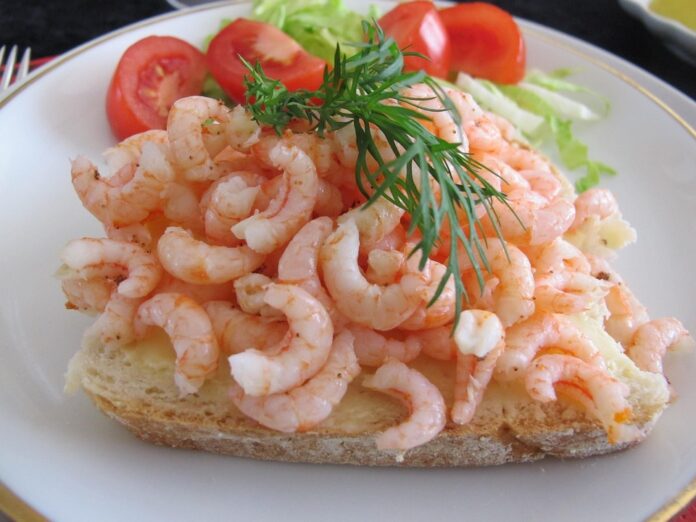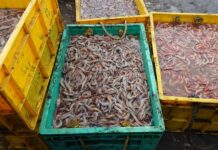Introduction
Prawn farming, also known as shrimp farming, has rapidly evolved into a significant segment of the global aquaculture industry. With increasing demand for seafood, coupled with declining wild catch, the future of prawn farming presents both opportunities and challenges. This report delves into the landscape of prawn farming, analyzing market trends, financial aspects, technological advances, environmental concerns, and social implications.
Global Market Overview
The global prawn market was valued at approximately $40 billion in 2021 and is projected to grow at a compound annual growth rate (CAGR) of about 5.6% from 2022 to 2028. The Asia-Pacific region dominates the market, responsible for nearly 60% of the total production. Countries like China, India, and Thailand are the leading producers, with China alone contributing around 35% of the global supply.
Production Volumes
In 2021, global prawn production reached 4.5 million metric tons, with significant contributions from:
– China: 1.5 million metric tons
– India: 800,000 metric tons
– Indonesia: 400,000 metric tons
– Vietnam: 300,000 metric tons
The demand for farmed prawns is expected to rise, with the per capita consumption of shrimp increasing from 1.5 kg in 2020 to an estimated 2.0 kg by 2028.
Technological Innovations in Prawn Farming
Technological advancements are playing a crucial role in improving productivity and sustainability in prawn farming. Innovations include:
Recirculating Aquaculture Systems (RAS)
RAS technology allows for water recycling and better control of farming environments. This method has been gaining traction due to its potential to minimize water usage and reduce the environmental impact associated with traditional methods.
Genetic Selection
Selective breeding programs are enhancing growth rates and disease resistance in prawn species. For example, the Pacific white shrimp (Litopenaeus vannamei) has been genetically modified to achieve faster growth and improved survival rates.
Automated Feeding Systems
Automated feeding systems utilize sensors and algorithms to optimize feeding schedules and quantities, reducing waste and improving growth efficiency. This technology can lead to cost savings and enhanced production volumes.
Environmental Challenges
While prawn farming presents numerous opportunities, it also faces significant environmental challenges that need to be addressed.
Habitat Destruction
The expansion of prawn farms often leads to the destruction of mangroves and coastal ecosystems, which are vital for biodiversity and coastal protection. It is estimated that over 35% of the world’s mangrove forests have been lost due to aquaculture activities.
Water Pollution
The use of chemicals, antibiotics, and fertilizers in prawn farming can lead to water pollution, affecting local ecosystems. Studies indicate that around 70% of shrimp farms are associated with some level of pollution, which can have dire consequences for marine life.
Climate Change
Climate change poses a significant risk to prawn farming, with rising sea temperatures and ocean acidification affecting shrimp health and growth. The industry must adapt to these changes to ensure the sustainability of production.
Economic Opportunities
The economic potential of prawn farming is vast, offering job creation and income generation in many regions.
Employment Generation
Prawn farming creates numerous job opportunities, from farm workers to supply chain management. In Southeast Asia alone, it is estimated that around 2 million people are directly employed in the shrimp farming sector.
Export Opportunities
Prawns are among the most traded seafood commodities globally. The U.S. and the European Union are the largest importers of farmed shrimp, with the U.S. importing approximately 1.5 billion pounds annually. This presents a lucrative opportunity for producing countries to tap into international markets.
Certification and Sustainability
Sustainability and certification are becoming increasingly important in the prawn farming industry. Consumers are more inclined to purchase products that are certified as sustainable.
Global Aquaculture Alliance (GAA) and Best Aquaculture Practices (BAP)
These organizations provide certification that ensures farms adhere to environmental and social standards. Certified farms often benefit from premium pricing and access to high-end markets.
Marine Stewardship Council (MSC)
The MSC certification program is designed to promote sustainable fishing practices. Prawn farms that comply with these standards can enhance their marketability and consumer trust.
Social Implications
The social dynamics of prawn farming are complex, involving local communities, labor rights, and socio-economic conditions.
Labor Rights and Conditions
Prawn farming can sometimes be associated with poor labor conditions, including child labor and exploitation. Industry stakeholders must ensure adherence to labor rights to foster a more equitable industry.
Community Engagement
Engaging local communities in decision-making processes regarding prawn farming operations can lead to better socio-economic outcomes. Successful examples include community-supported aquaculture initiatives that prioritize local interests.
Conclusion
The future of prawn farming is rife with opportunities, driven by technological advancements, rising global demand, and economic potential. However, these opportunities come with significant challenges, particularly concerning environmental sustainability and social equity. Stakeholders must collaborate to implement best practices, invest in sustainable technologies, and ensure that the industry evolves in a way that benefits both the economy and the environment.
[Read More: Global Prawn Production and Supply to Consumption Value Chain: Trends, Challenges, and Opportunities]




